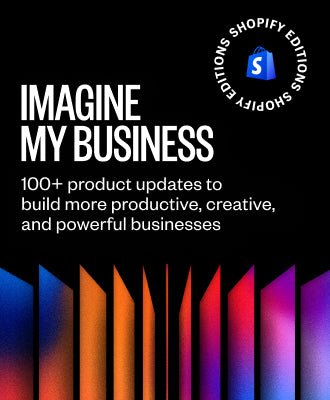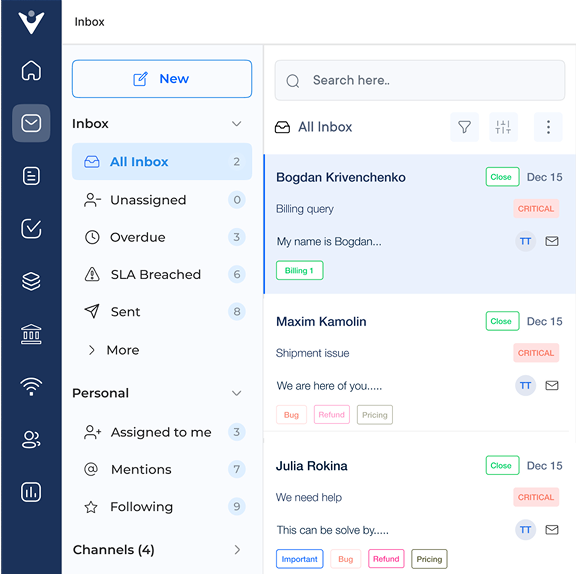One effective strategy is to create dedicated social media campaigns or polls that encourage customers to share their experiences and opinions. Businesses can monitor mentions of their brand or products on social media and promptly respond to any customer inquiries. Engaging with customers in a timely and personalized manner can enhance trust.
Pro tips:
- Actively responding to customer comments and mentions
- Encouraging customers to leave reviews and ratings on the social media pages
- Analyzing social media data to identify trends and areas for improvement
6. Request Feedback through Third-Party Websites
Third-party websites have become instrumental in gathering customer feedback, shaping brand perception and driving business growth. Review platforms like Yelp, Google Reviews and TripAdvisor have empowered consumers to share their experiences, influencing the decisions of potential customers.
Partnering with third-party feedback providers, such as SurveyMonkey or Qualtrics, offers businesses a more structured approach to collecting valuable insights. The platforms provide customizable survey tools, analytics and reporting capabilities, enabling companies to gather targeted feedback.
Best practices:
- Integrate feedback into business operations: Systematically collect and analyze feedback data from third-party sources. Use the insights to inform strategic decisions, enhance products or services and improve customer experiences.
- Maintain transparency and authenticity: Embrace genuine customer feedback, even if it reveals areas for improvement. Transparent and authentic responses build credibility with potential customers.
7. Create Multilingual Surveys
Businesses must cater to diverse customer bases that span multiple languages and cultures. Multilingual surveys have emerged as a crucial tool for gathering valuable customer feedback from diverse audiences, ensuring that no voice is left unheard. Translation considerations are paramount when creating multilingual surveys. Simple word-for-word translations may fail to capture cultural nuances and idiomatic expressions, leading to misinterpretations.
Various online tools, such as SurveyMonkey, Qualtrics and Google Forms, offer multilingual survey capabilities, streamlining the process of creating surveys in multiple languages. The tools often incorporate translation management features, allowing for efficient collaboration and review processes.
Actionable tips:
- Prioritize languages: Conduct market research to identify the most prevalent languages among the target audience and prioritize translations accordingly
- Involve native speakers: Engage native speakers or cultural experts to review and validate translations, ensuring cultural appropriateness.
- Consistency and clarity: Maintain consistent terminology, formatting and styling across all language versions, ensuring a cohesive experience for respondents.
8. Add a Comment Section to the Blogs
Adding a comment section to the blogs can be a game-changer for engaging with the audience and gathering valuable customer feedback. The benefits of Blog Comments are a sense of community that encourages readers to interact, share opinions and ask questions. Customer feedback through comments can provide invaluable insights into their preferences, pain points and suggestions for improvement.
Comments add fresh content to the blog, potentially boosting the SEO rankings. A fashion blog could benefit greatly from a comment section. Readers can share their thoughts on trends, outfit suggestions and styling tips, allowing the blogger to understand their audience.
Pro tips:
- Moderation: Implement a moderation system to filter out spam, offensive, or irrelevant comments to maintain a positive and constructive environment.
- Responsive design: Ensure the comment section is mobile-friendly and easy to navigate for users on different devices.
9. Add Pulse Surveys after Real-Time Service Interactions
Collecting customer feedback after real-time service interactions consists of two effective methods are in-app surveys and post-interaction email surveys. Pop-up surveys appear within the application or website immediately after a service interaction.
Businesses can easily capture feedback while the experience is still fresh in the customer’s mind. In-app surveys are non-intrusive and can be tailored to specific interactions or features.
Things to consider:
- Keep them concise and focused on the specific interaction to maximize response rates
- Close the feedback loop by addressing common issues and communicating improvements to customers
10. Create Gated Deals or Incentivized Surveys
Creating gated deals, where customers receive incentives in exchange for providing feedback, can be an effective strategy for gathering valuable insights. Businesses can encourage customers to share their experiences and opinions by offering rewards or discounts. It leads to a better understanding of their needs and areas for improvement.
Types of Incentives:
- Discounts: Offer customers a percentage off their next purchase or a fixed discount amount for completing a feedback survey or leaving a review
- Rewards: Provide loyalty points, gift cards, or other rewards that can be redeemed for products or services
- Free trials or samples: Offer customers a free trial or product sample for sharing their feedback
- Exclusive access: Grant early access to new products, features, or services for customers who provide valuable feedback.
Let’s assume a subscription-based meal delivery service could offer a free meal kit or a discount on the next order for customers who complete a survey after receiving their weekly delivery. The incentive encourages customers to share their experiences with the service, packaging and product quality, providing valuable insights for improvement.
Four Ethics and Best Practices:
- Equal opportunity: Ensure that the incentive is available to all customers, regardless of their feedback or rating, to maintain objectivity and fairness.
- Value-based incentives: Offer incentives that are relevant to the customers, avoiding excessive rewards that could compromise the integrity of the feedback.
Best Practices & Tips When Asking for Customer Feedback
Below are some key best practices and tips businesses must keep in mind while asking for feedback from customers:
















